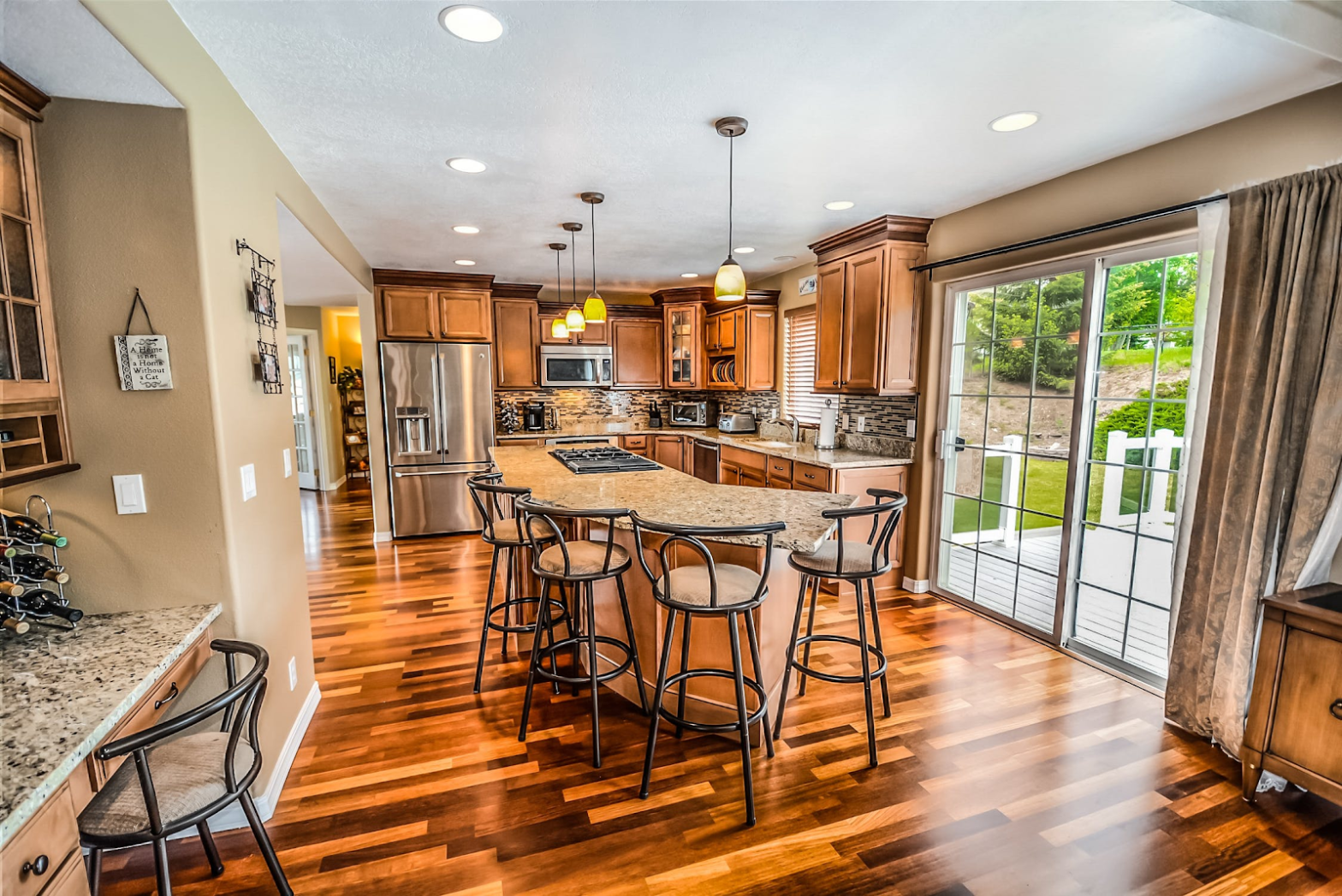The real estate market has taken a hit in many parts of the country. Because of this, some first-time investors are looking to dip their toes into real estate. With home prices falling, now may be a great time to do just that, especially if you’re looking at purchasing a short- or long-term rental. Here’s some information to help you through the process.
Types of Rental Property
First, you have to understand the two different types of rental property that are most accessible to the everyday investor. These are long-term and short-term residential rentals. A long-term rental means your tenants will sign a year-long lease (or longer). They agree to live in your home and pay a set amount each month. They will also handle basic maintenance, such as keeping the property clean and mowing the lawn in most cases. A short-term rental is essentially a vacation property or executive suite. These rentals are leased either by the night, week, or month. Your renters are not responsible for cleaning or upkeep, and you would likely have a cancellation policy and cleaning fee in effect.
The Buying Process
If you’ve never purchased a property before or it has been a while since buying your current home, it’s a good idea to go ahead and familiarize yourself with the process. First, you want to evaluate your finances. Obtaining an investment property mortgage means you have to put at least 20 percent down, and your interest rate may be slightly higher than a conventional mortgage.
You also want to get to know the neighborhoods that you’re considering. Some are better than others, and different properties will attract a different type of renter. A home in an established subdivision with access to excellent schools, for example, will appeal more to people planning to live in a specific area. A condo near local attractions might make a better vacation or executive rental.
When you’re ready to purchase, make sure to weigh your options. You’re almost always better off working with a realtor who understands the home-buying process and can walk you through making an offer and negotiating a price.
Getting It Ready
Fast-forward to approximately five weeks after your offer has been accepted. You’ve gone through inspection (expect to pay $300 – $500 for these services) and finalized ownership. Now it’s up to you to ensure that your property is ready for its next family or guest.
Start by cleaning it out thoroughly and taking care of any landscaping issues, and then see if there are any modifications you can make to make your home more desirable to renters or guests. One attractive addition is wood floors, particularly if it’s a short-term lease. Not only is wood easier for you or your cleaning crew to maintain, it makes your space feel warm and cozy. Plus, you can change up the entire feel of a room by simply replacing the area rug. Keep in mind, however, that cost is dependent on many factors, including whether you have to repair the subfloor or hire someone to come in and move furniture or other obstacles. If you’re on a budget, bamboo and pine are more affordable than exotic hardwoods. Whichever wood you choose, you can expect to pay anywhere from $1,000 all the way up to $11,000 to complete a wood flooring project.
If your budget doesn’t allow for extensive renovations, you still have options to upgrade. For less than a few hundred dollars, you can repaint the entire property. Keep in mind that oil-based paints last longer, so if you are worried about where and tear, that’s the way to go. Stick with neutral colors – Lucia Tonelli of Elle Decor raves about Light Pewter by Benjamin Moore – and don’t be afraid to put a coat of paint on the kitchen cabinets.
Overall, now may be a good time to invest in real estate. Lockdown restrictions will be lifted, travel will open up again, and people will move. So make sure that your rental is in top shape to attract the right renters.
Image via Pexels
